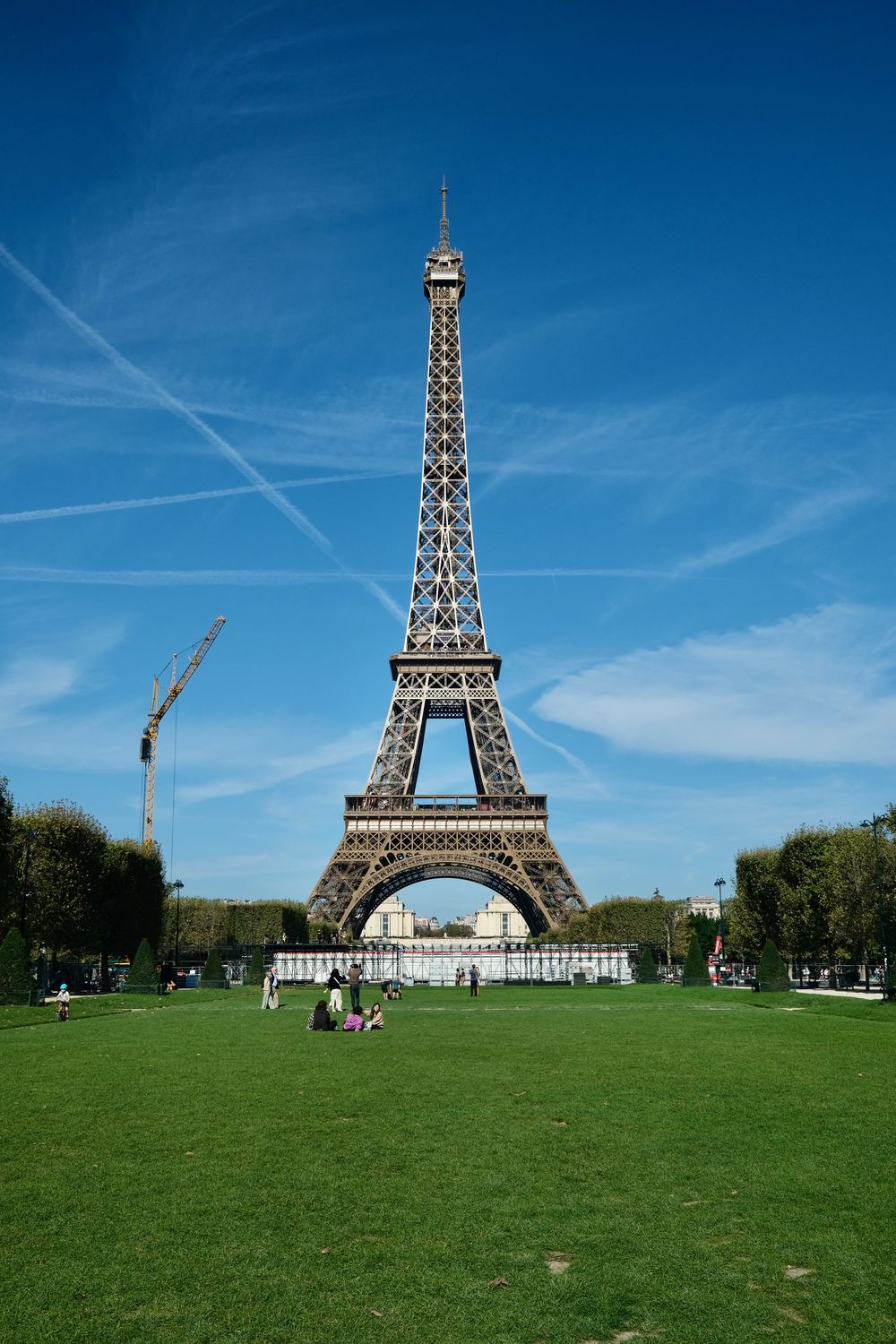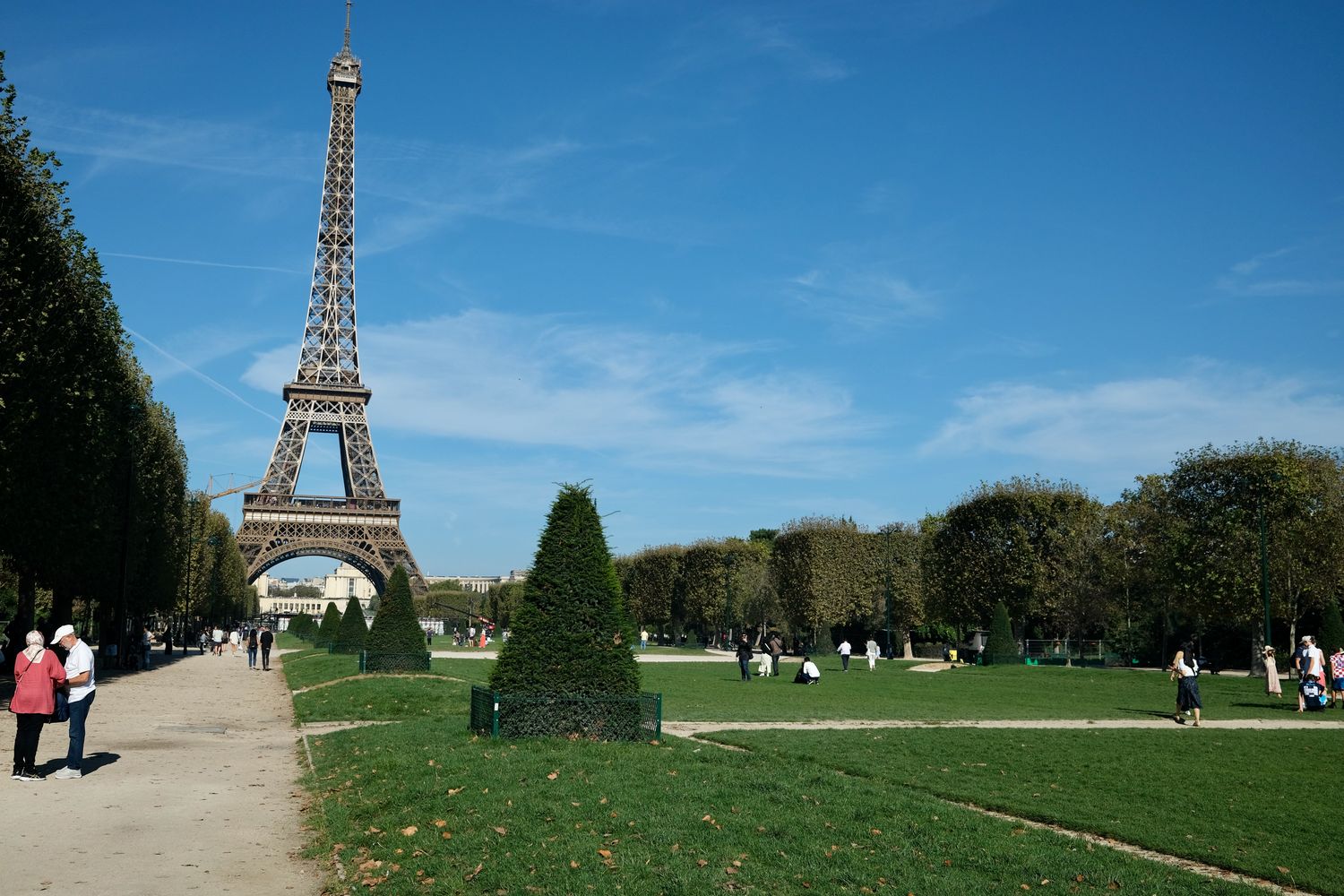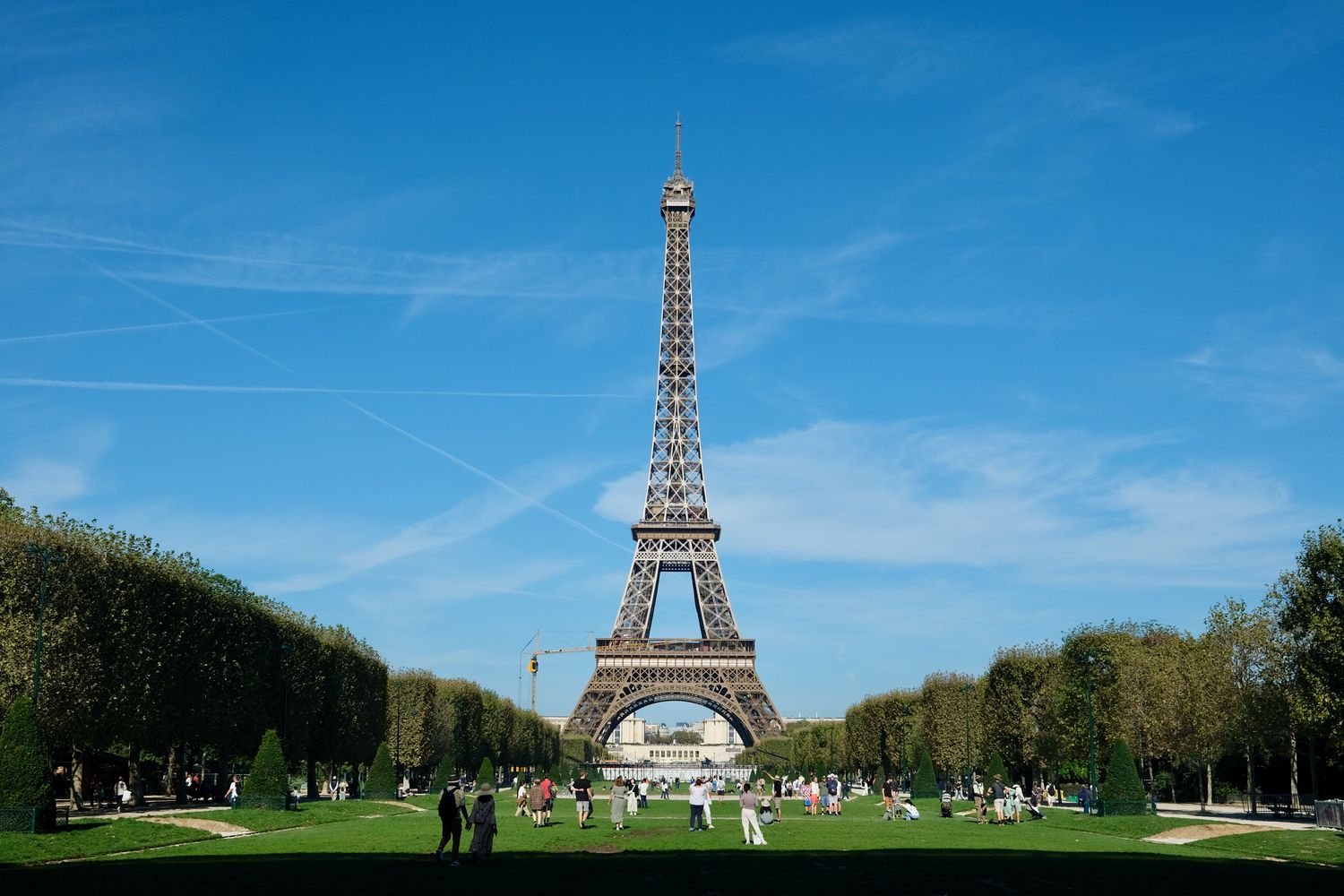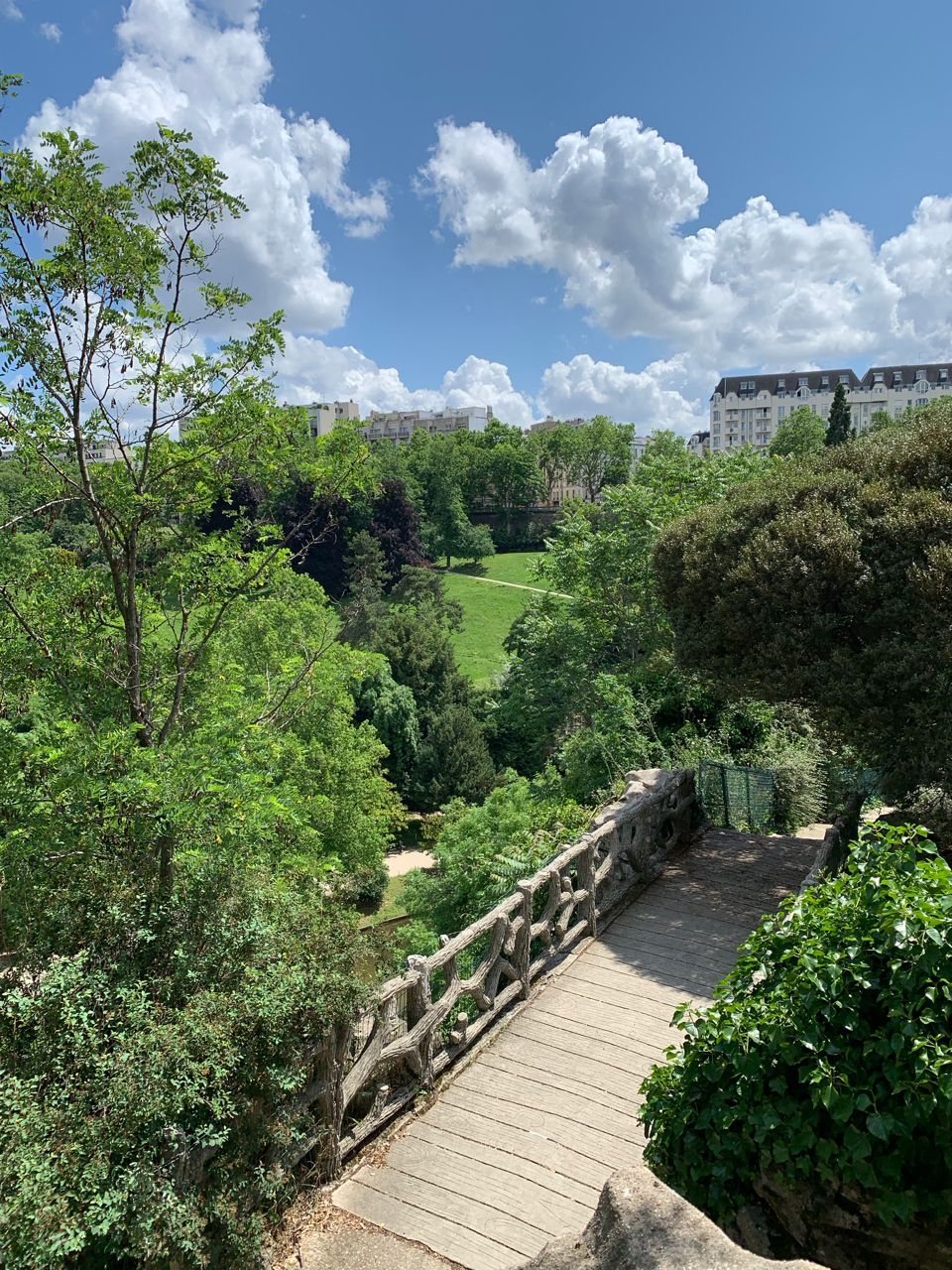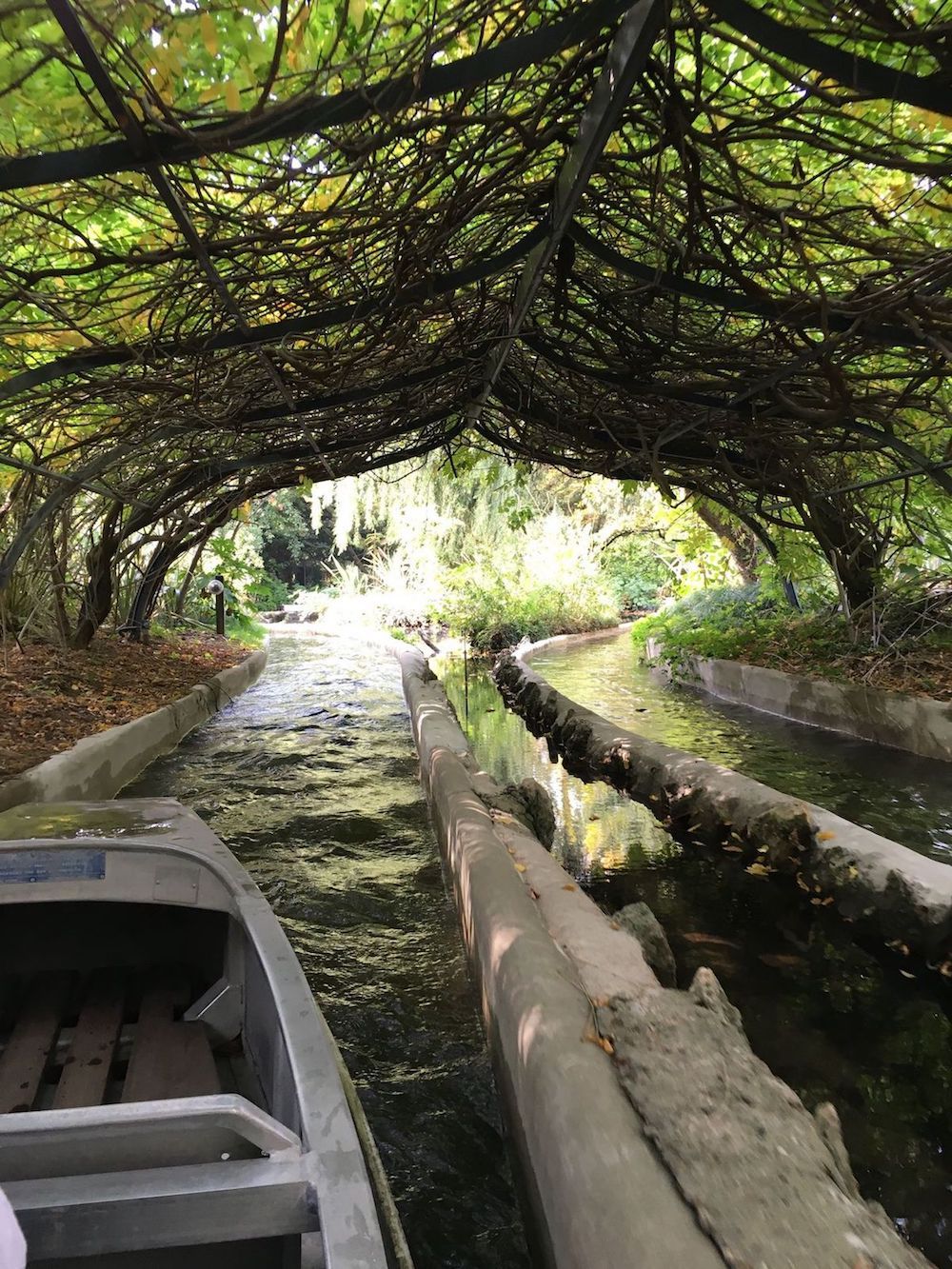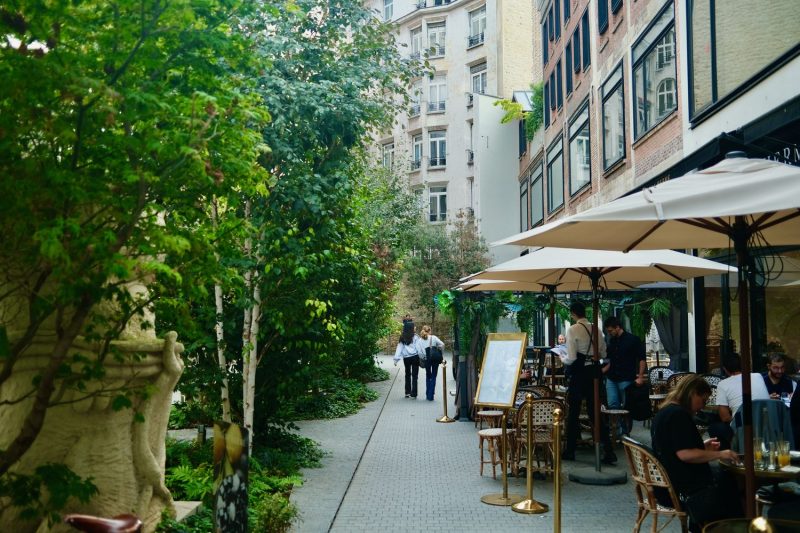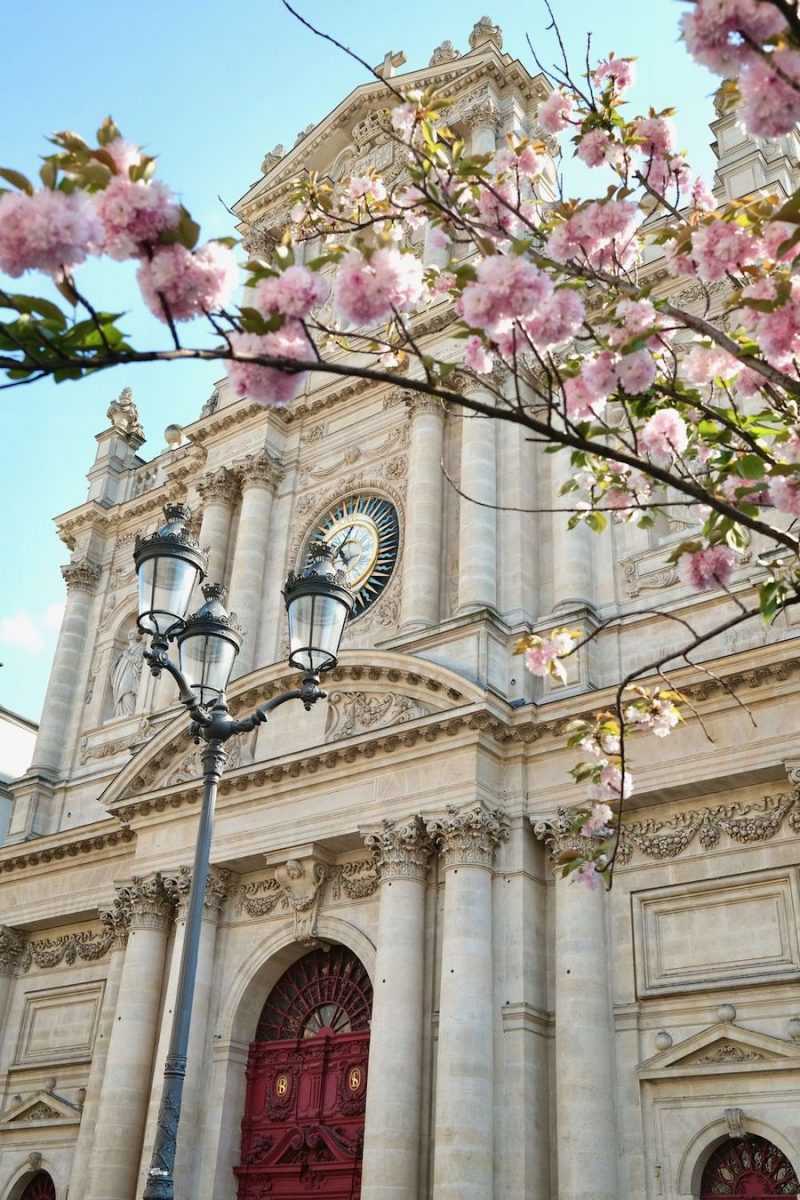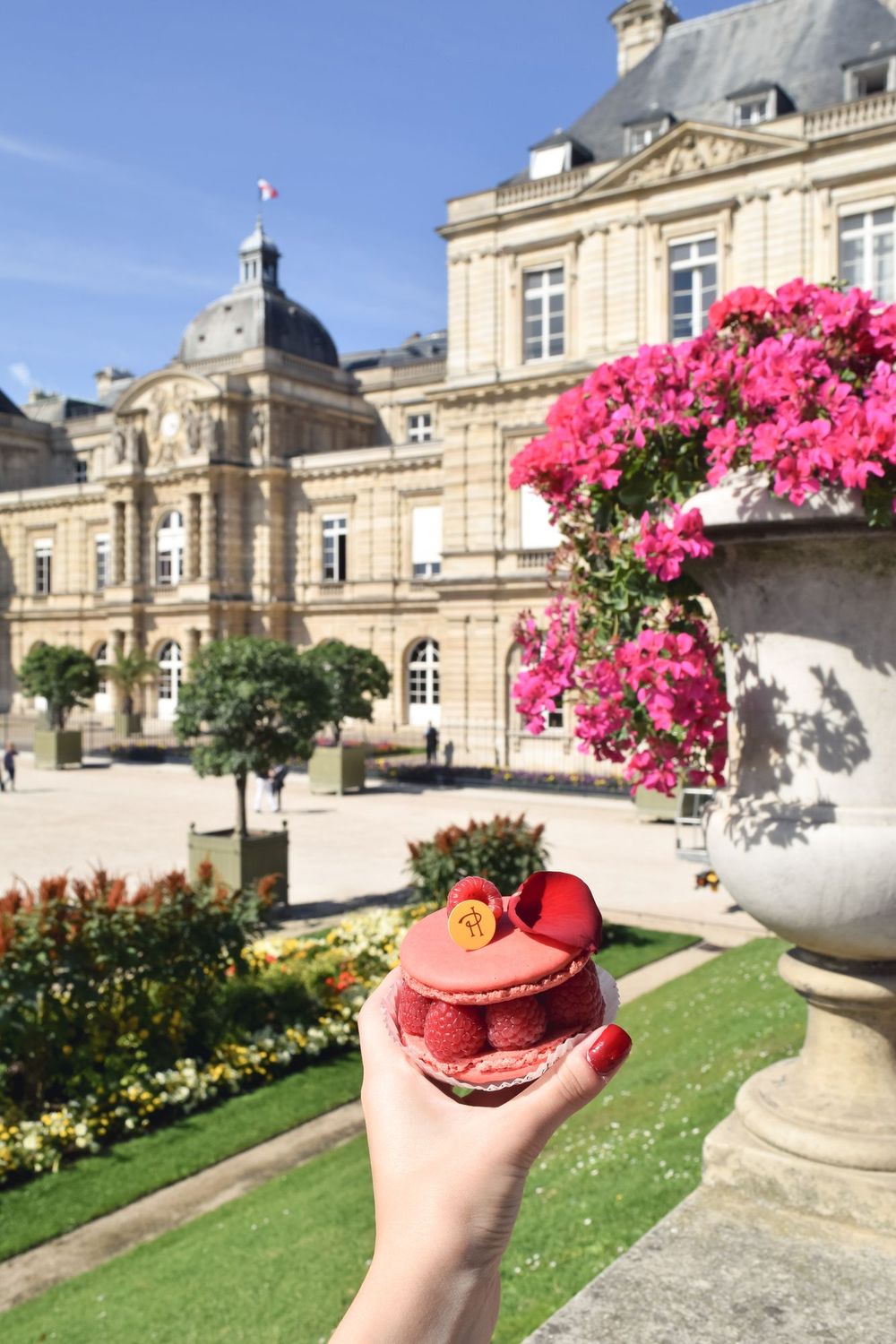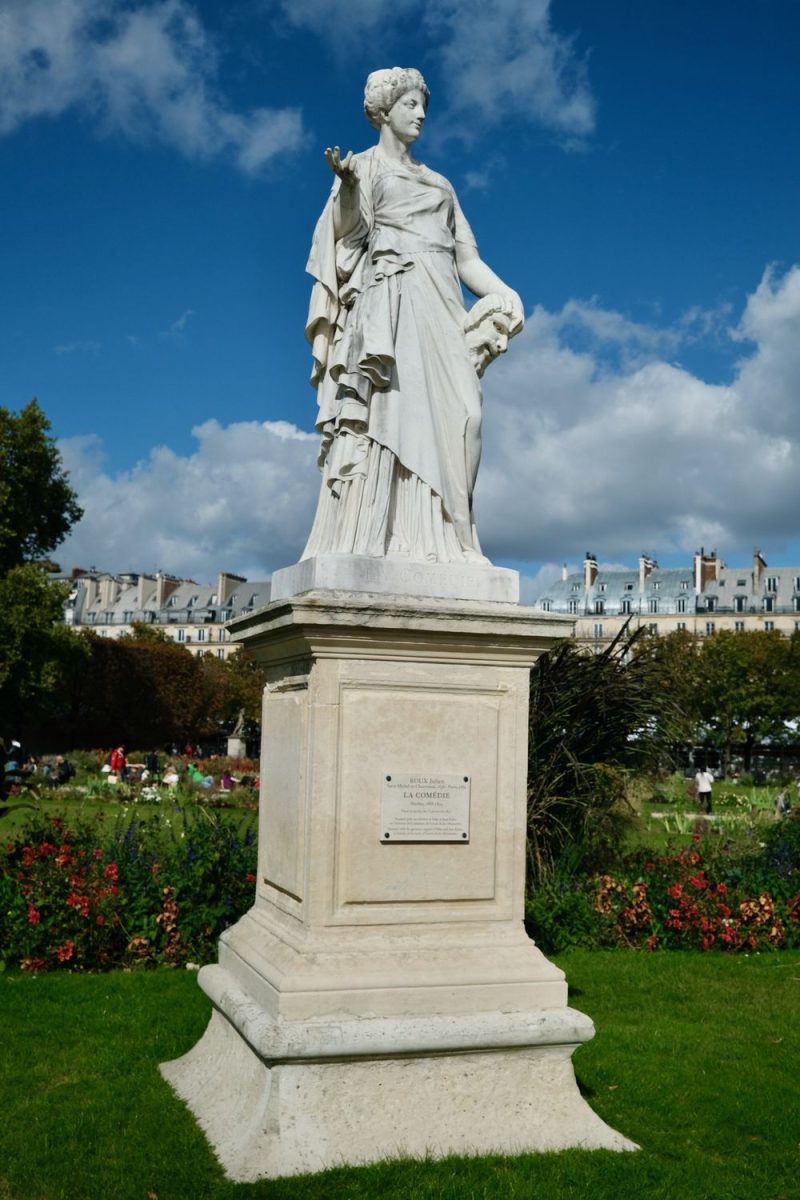Champs de Mars: a park overlooking the Eiffel Tower in Paris
Culture Travel may earn a commission through links on this website. As an Amazon Associate, we earn from qualifying purchases.
Champs de Mars is a prominent public greenspace located in the 7th arrondissement of Paris, France. It lies directly beneath the Eiffel Tower and offers a picturesque setting that serves as an important informal gathering and recreational area for both locals and tourists.
Historically, the name “Champs de Mars” translates to “Field of Mars” in English, referencing Mars, the Roman god of war.
This name was commonly used in France for areas associated with military training and parades. The park itself was initially established during the 17th century as part of the military site near the École Militaire, which was founded by King Louis XV in 1750 to train military officers. The layout of the park mirrors the military’s significance: it was designed as a garden for the soldiers and a training ground for troops.
In the 19th century, the area began evolving into a public park. Around the time of the French Revolution, it also served as a site for various political gatherings and demonstrations, reflecting its continued relevance in French sociopolitical life. Notably, it became a space for significant events, including the annual military parades during Bastille Day celebrations.
The park has undergone several transformations, particularly following the construction of the Eiffel Tower in 1887-1889, which dramatically altered the landscape. The presence of the Eiffel Tower has turned the Champs de Mars into a key focal point for visitors, becoming one of the most photographed spots in the city. It has also been a venue for various festivals, exhibitions, and cultural events.
Today, Champs de Mars is characterized by its beautifully landscaped lawns, tree-lined pathways, and expansive views of the Eiffel Tower, making it a favored destination for picnicking, relaxation, and gatherings. Its significance extends beyond its recreational uses; it is a symbol of Parisian culture and history.
